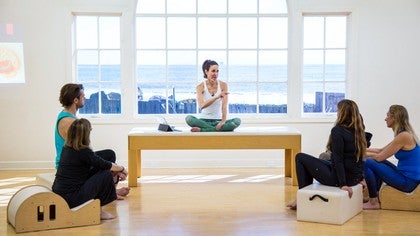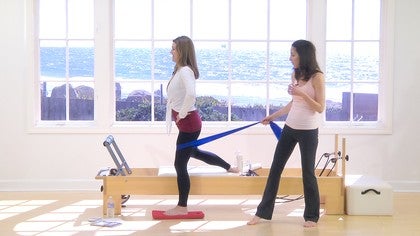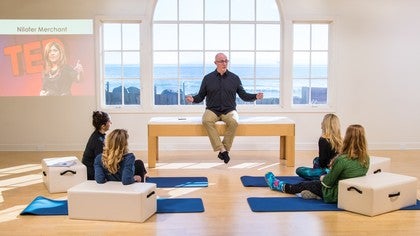Premium Continuing Education workshop
You can view a 2 minute preview. For details, scroll down below the video.
Description
Objectives
- Learn where we encode fear in our brains and how it impacts us
- Learn about common fears in movement and the steps that can be taken to overcome them
About This Video
Continuing Education Credits
If you complete this workshop, you will earn:
3.0 credits from National Pilates Certification Program (NPCP)
The National Pilates Certification Program is accredited by the National Commission for Certifying Agencies (NCCA)
Workshops: Body Pathologies and Conditions
Comments
Perhaps, future tutorials to support those who experience chronic fear responses, could deepen our personal skills to relieve the physical manifestations which limit freely participating in life's choices.
You need to be a subscriber to post a comment.
Please Log In or Create an Account to start your free trial.



















